Recently, the high-tech shrimp farming model has developed strongly in the coastal areas of the Mekong Delta, opening up opportunities to get rich for many farmers. Among them, Mr. Ngo Minh Tuan (nickname Tuan Hien) in Tan Phu Dong island, Dong Thap province, is a typical example with success in high-tech white-leg shrimp farming, known as "island billionaire".

A high-tech shrimp farm of Mr. Ngo Minh Tuan in Tan Phu Dong commune, Dong Thap province. Photo: Minh Dam.
Methodical investment
In the last months of the year, his family just finished harvesting the off-season shrimp, the joy doubled when the output reached dozens of tons, revenue of more than one billion VND, high profit. Up to now, Mr. Tuan is the owner of 5 high-tech shrimp farms spread across the island, with a total area of 36 hectares.
Previously, his family only raised industrial black tiger shrimp on an area of about 2 hectares but often failed due to disease. In 2015, realizing the potential of high-tech shrimp farming, he boldly rented rice fields on Tan Phu Dong Islet to dig ponds and test the new model.
Thanks to his passion, diligence in researching, accumulating experience and learning techniques from specialized units, he gradually achieved success. After each year of accumulating capital, he invested in transferring more land to expand the model and has now become one of the prestigious businessmen on the island.
Mr. Tuan's high-tech shrimp farming model is not only large-scale but also invested systematically and scientifically . Of which, he spends 20% to build ponds, with concrete walls, tarpaulin-covered pond bottoms, and net-covered pond surfaces; the remaining 80% of the area is ponds for treating input and output water to clean standards. On average, he invests 1.5-2 billion VND per hectare of shrimp farming land. Thanks to that, shrimp grow quickly, with a low loss rate (about 10%), high productivity of 45-50 tons/ha, double that of the traditional model, and profits of over 40%.
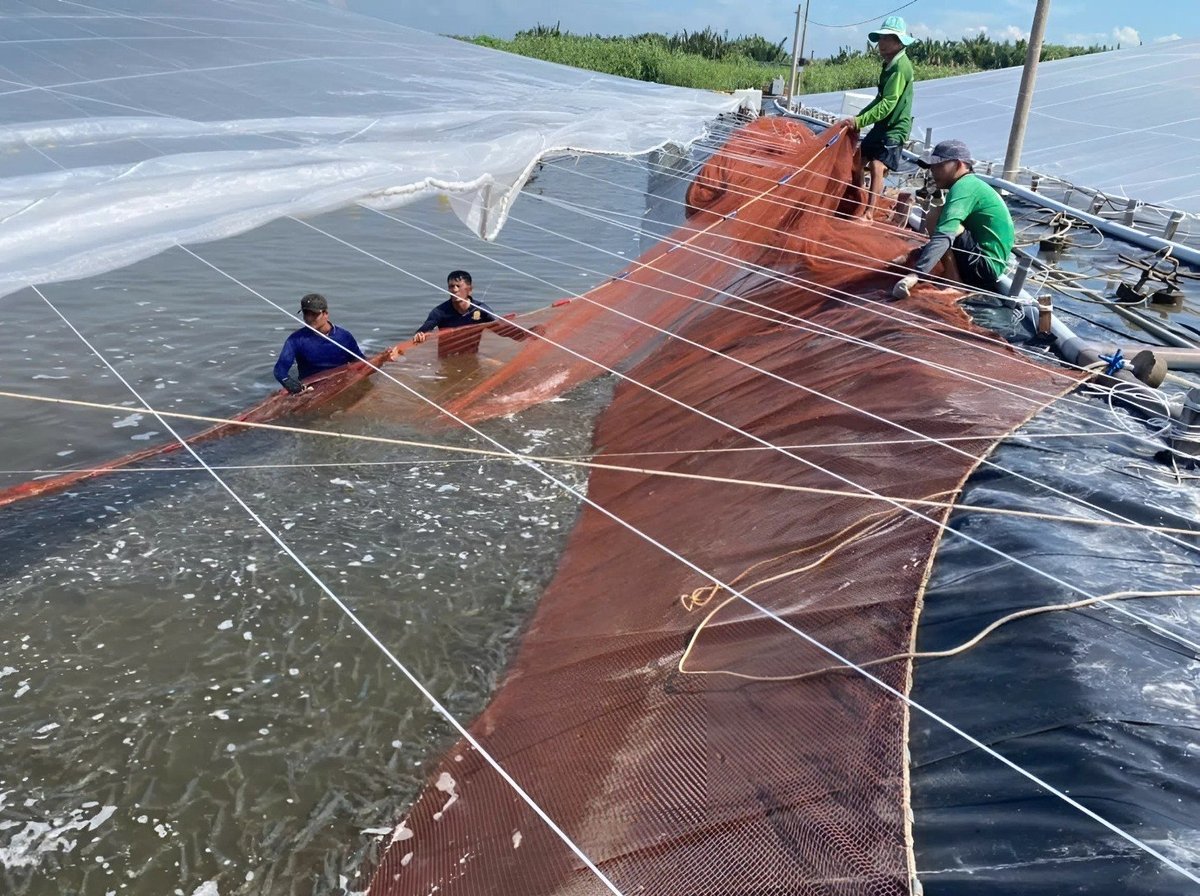
Mr. Tuan has just harvested a batch of shrimp and sold it for a good price, making a high profit. Photo: Minh Dam.
Thanks to his mastery of the technical process, most of his shrimp ponds harvest large-sized shrimp, which are sold at high prices. When the shrimp reach a weight of 30-35 shrimp/kg, he sells them, with the current price of over 200,000 VND/kg. This type of large-sized shrimp attracts customers, especially in the Northern market and Hanoi . Mr. Tuan shared that to successfully raise high-tech shrimp, many factors are needed, but the most important is to master the farming process, invest in standard ponds, clean water sources and enough oxygen.
“In my opinion, the pond must be covered, have a nursery pond for post-larvae, have clean water treatment, use oxygen pumps and propellers to ensure good waste collection. The larvae must be disease-free, healthy, and closely monitored daily to promptly handle risks. The input water source must meet standards, and algae and bacteria must be removed before being supplied to the pond,” he said.
What is remarkable about Mr. Tuan is his spirit of research, approach to new initiatives and techniques. He participates in most of the training seminars, demonstrations of high-tech shrimp farming techniques at home and abroad, and shares his experiences with farmers and experts. His farms are also places for learning, exchanging techniques, supporting students, farmers and aquaculture experts to develop effective and sustainable models.

Mr. Tuan applies IoT sensor technology in disease control and uses biomass from waste to create energy for production. Photo: Minh Dam.
Pioneering in applying new initiatives
Since 2022, one of his shrimp farms has been selected by a Japanese partner to implement the project "Demonstration of an energy-saving shrimp farming system using biomass", combining farming and environmental treatment, creating renewable energy from waste. The project applies high-density farming (500 shrimp/m³), using IoT to monitor water quality and pond environment in real time, helping the survival rate reach 85%, and shrimp productivity and quality increase significantly.
The project also builds a biogas system using sludge and agricultural by-products (such as lemongrass leaves) to generate electricity for production, including 2 methane gas bags with a capacity of 60 m³ connected to a continuous power generation system. Thanks to that, the project reduces greenhouse gas emissions by about 15.5-26.9 tons of CO₂/year/1,000 m² pond compared to other intensive farming models. Initially, the project brought practical results, combining high-density shrimp farming, applying advanced technology and using biomass to create clean energy and renewable energy.

Japanese partners visit the energy-saving shrimp farming model at Mr. Tuan's farm. Photo: Minh Dam.
In addition to high-tech shrimp farming, Mr. Tuan's family also runs a business selling feed, aquatic medicine and supplying seeds to local fishermen. From his model, nearly 200 farmers in Dong Thap have learned and linked up effectively in production. He enthusiastically consults, shares experiences, and guides close links between households to meet export standards, creating a closed chain, and stable input and output.
Thanks to boldly applying technology and science, changing traditional agricultural practices, Mr. Ngo Minh Tuan now owns an effective and sustainable economic model, making practical contributions to the transformation of Tan Phu Dong island.
Source: https://nongnghiepmoitruong.vn/bi-quyet-cua-ty-phu-tom-dat-cu-lao-d784245.html


![[Photo] Prime Minister Pham Minh Chinh meets with representatives of outstanding teachers](https://vphoto.vietnam.vn/thumb/1200x675/vietnam/resource/IMAGE/2025/11/15/1763215934276_dsc-0578-jpg.webp)

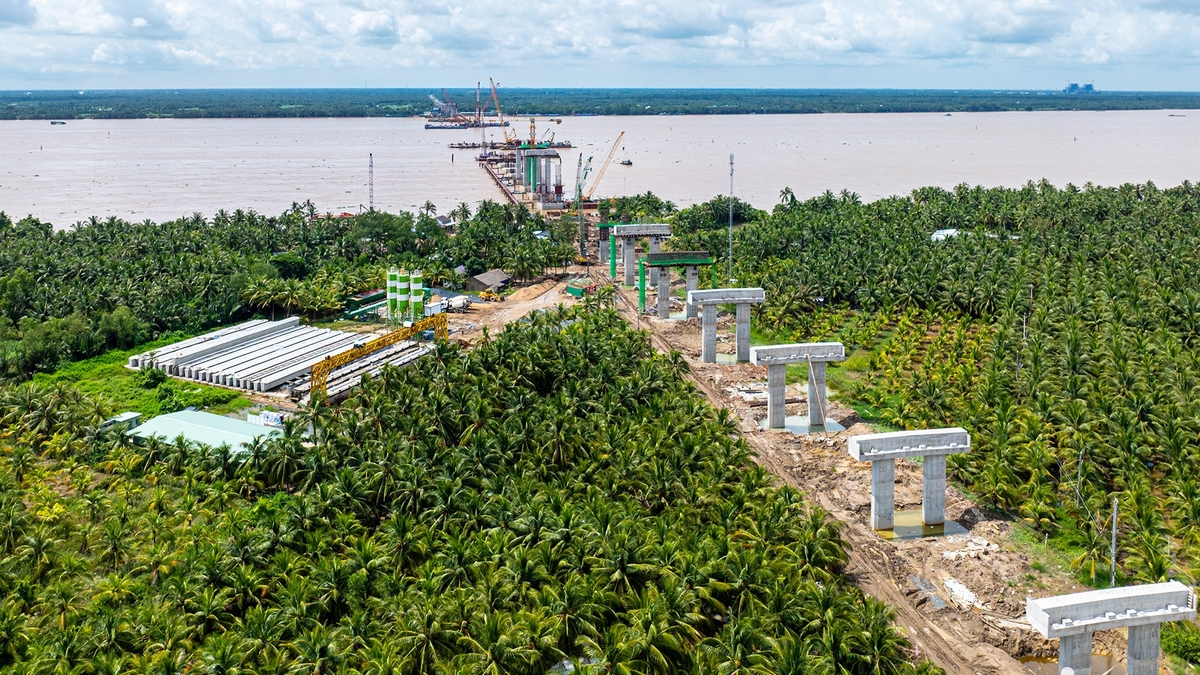



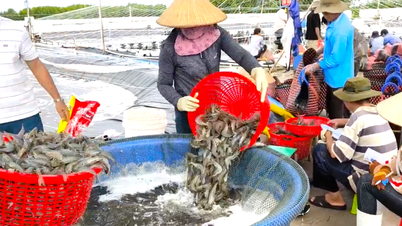


![35 years of building a high-quality cattle herd: [Part 2] Farmers benefit](https://vphoto.vietnam.vn/thumb/402x226/vietnam/resource/IMAGE/2025/11/17/1763332061992_3108-2-nongnghiep-163058.jpeg)

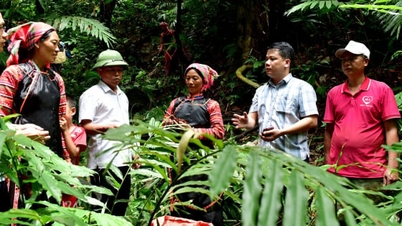

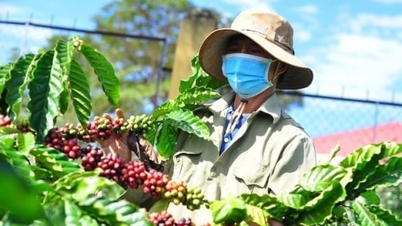




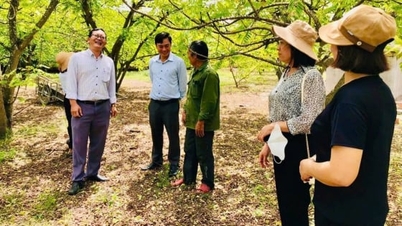
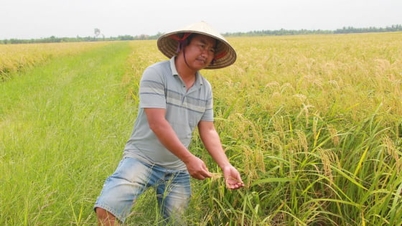
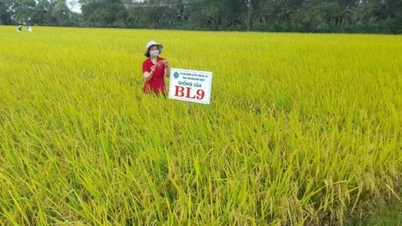
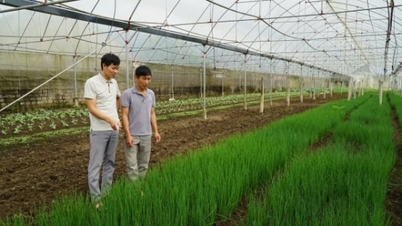

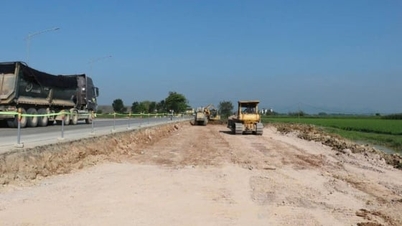


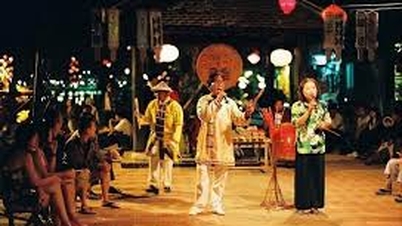








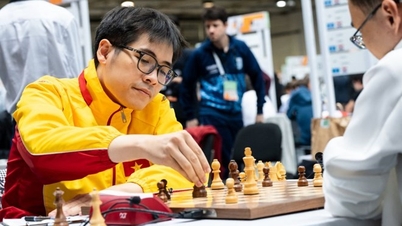

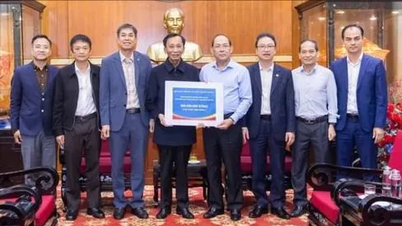






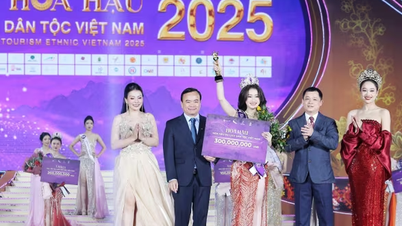


















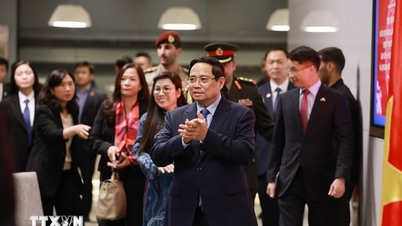









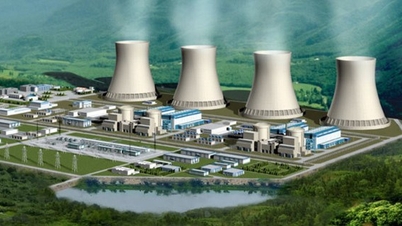


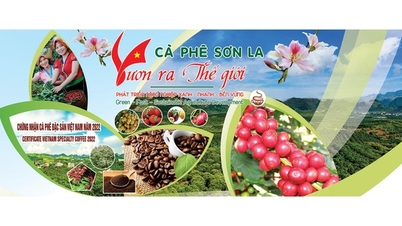
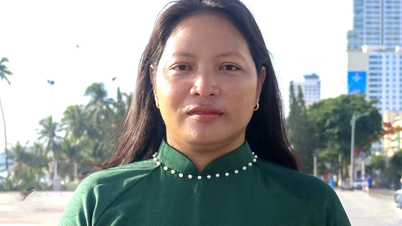
















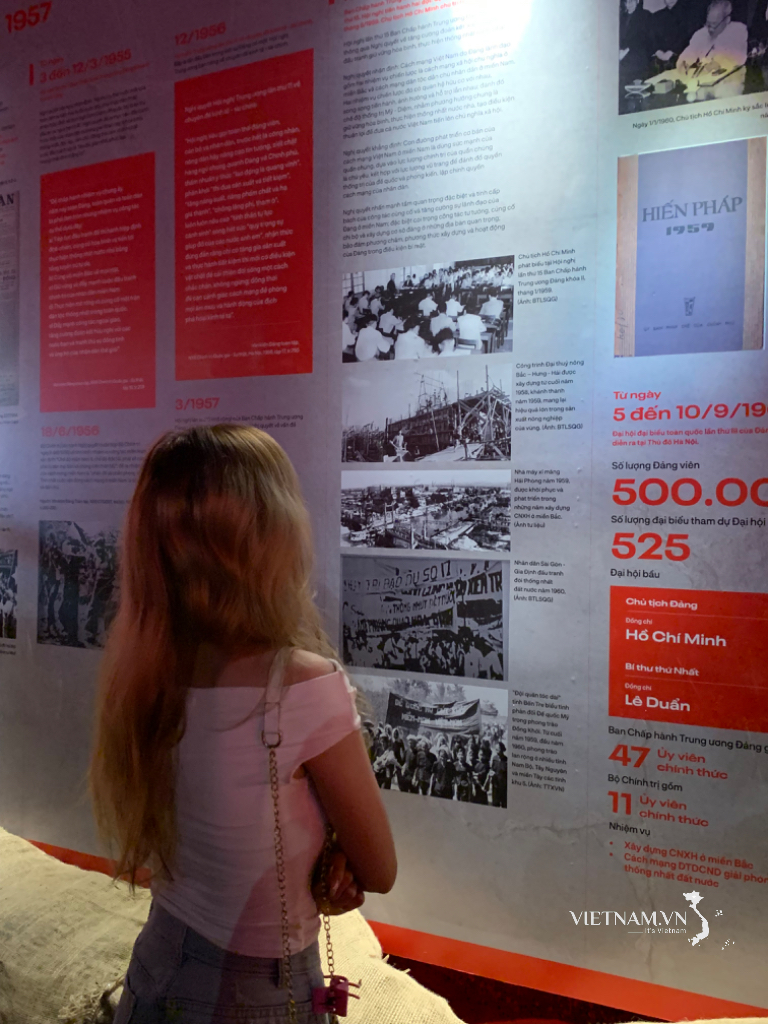

Comment (0)